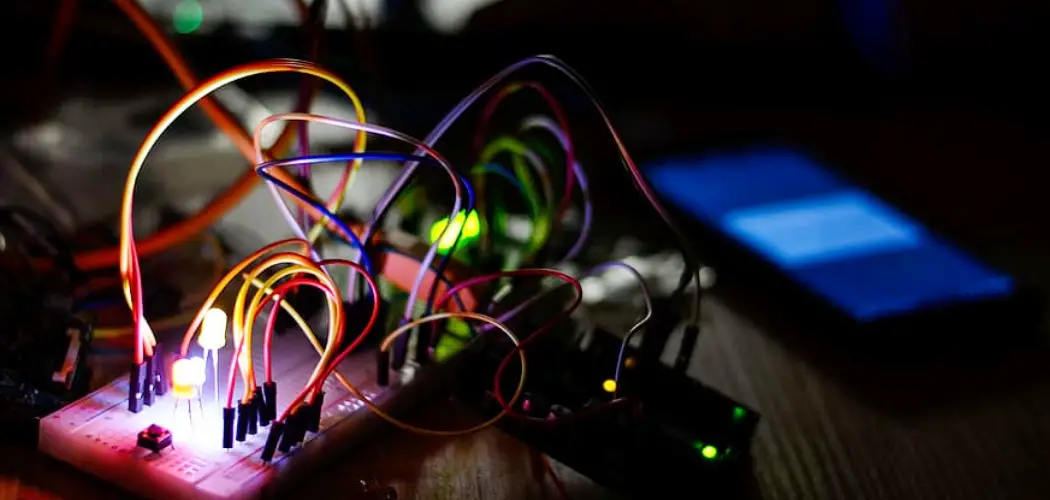Wiring LED lights to speakers is an innovative and exciting way to elevate your audio setup by adding vibrant visual effects that sync with your music. This creative project enhances the atmosphere at parties, gaming sessions, or everyday listening, making the sound-and-light combination both immersive and dynamic. Many people are drawn to this idea because it provides a personalized lighting experience that complements their favorite tunes in real-time.
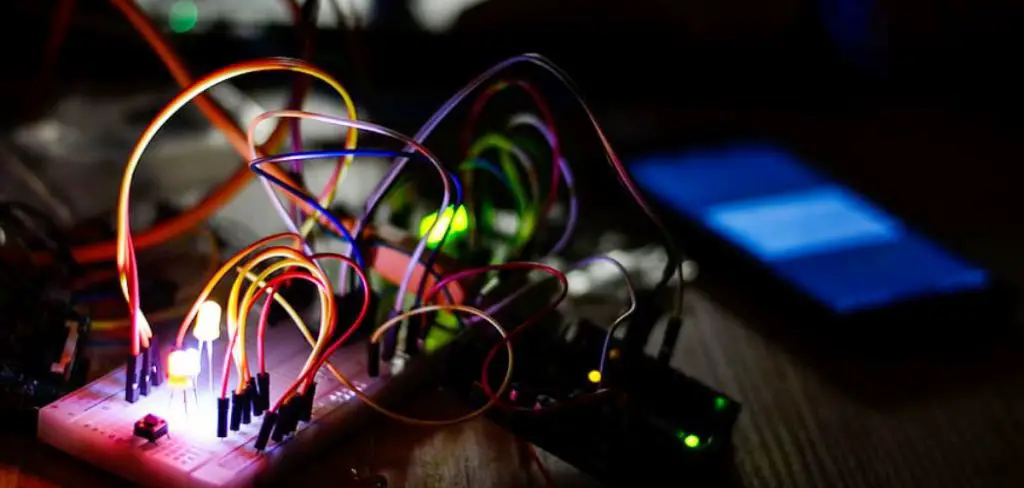
Understanding how to wire LED lights to speakers is essential to accomplish this. The process involves identifying the electrical connections between the components, using the proper equipment, and following essential safety precautions to ensure a smooth and safe installation. From selecting the correct power supply to configuring the LEDs to respond to sound frequencies, this guide will walk you through the steps needed to achieve flawless synchronization. Start transforming your space into a visually and audibly captivating environment today!
Understanding the Components Needed
When setting up a synchronized LED light and speaker system, selecting the right components is crucial. Here’s a breakdown of the primary elements you’ll need:
LED Lights
There are various types of LED lights to consider for this project. LED strips are a popular choice due to their flexibility and ease of installation. They come in different lengths and densities, offering customizable lighting effects. Alternatively, individual LED bulbs can be used for precise placements and directional lighting. Most LED lights require a voltage of 12V, which makes them compatible with many speaker systems. It is essential to verify the power requirements of your specific LEDs to ensure safe installation and operation.
Speakers
The type of speakers used in this setup is equally important. Speakers with a 12V output are ideal because this voltage can power the LED lights without additional converters. Portable Bluetooth speakers or home audio systems with an auxiliary output often fit these criteria. Ensure the speakers provide a stable and consistent output to maintain synchronization between the sound and lighting effects.
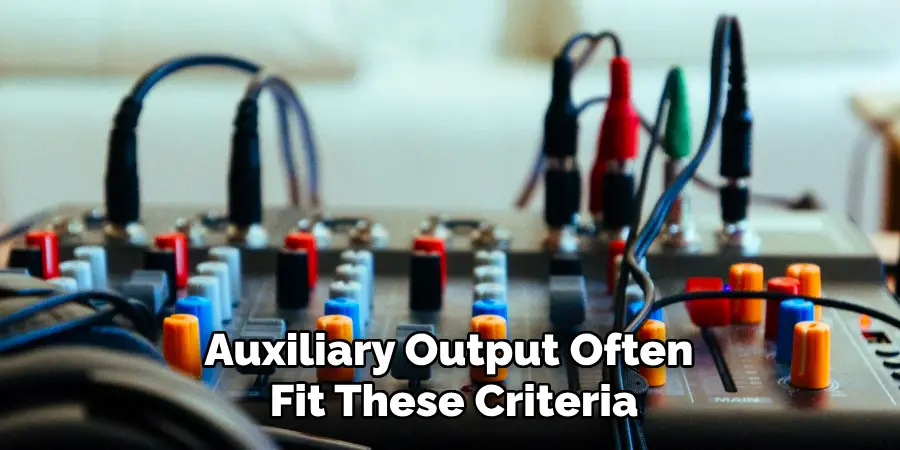
Wiring and Power Supply
Proper wiring and connectors are essential for a reliable connection. Use high-quality copper wires for electrical conductivity, and opt for spade connectors or soldering supplies to establish a stable and secure integration. The power supply must be compatible with both the speakers and LED lights, ensuring it can handle their combined energy needs. Double-check the power rating to avoid overloading, which could damage the components or present a safety risk.
Choosing the Right LED Lights for Speakers
When enhancing your speaker setup with LED lights, selecting the appropriate type and features is crucial for achieving the desired effect while maintaining compatibility and safety.
LED Strip Lights
LED strip lights are an excellent choice due to their versatility and flexibility. They are easy to cut to size, allowing you to fit them precisely to your speaker cabinets or edges for a smooth and vibrant lighting effect. Their adhesive backing makes installation simple, and they provide an even distribution of light, enhancing the overall aesthetic of your sound system.
Individual LED Bulbs
Individual LED bulbs are a great alternative for a more focused lighting effect. These can be strategically positioned near the speakers to highlight specific areas and create an elegant ambiance. Unlike strip lights, bulbs offer concentrated illumination, making them suitable for setups where spotlighting is desired.
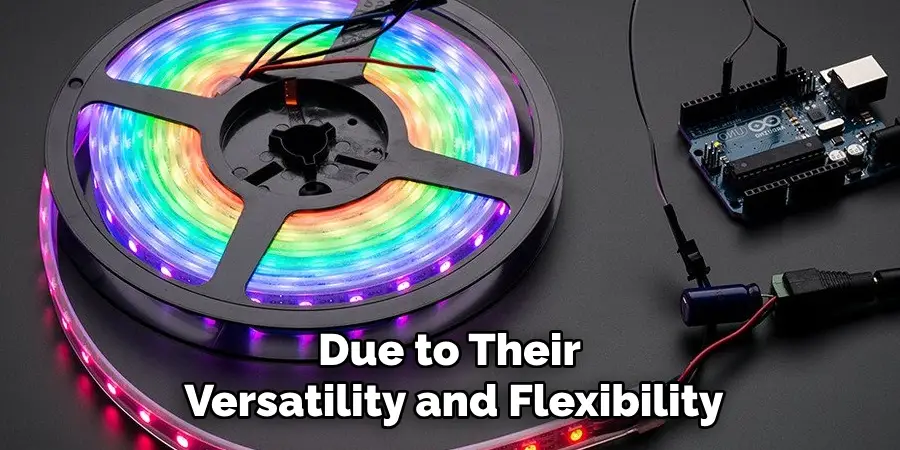
Color and Brightness Options
Modern LED lights come in a variety of color-changing and dimmable options. RGB LEDs, in particular, are popular for their ability to produce a wide spectrum of colors that can sync with music beats for a more immersive audio-visual experience. These features allow you to customize the lighting to match personal preferences or the environment’s mood.
Voltage Considerations
Matching the voltage requirements of your LED lights with the output of your speakers is crucial to ensuring seamless operation. Using LEDs with an appropriate voltage range prevents potential damage to your equipment and ensures that the lighting remains consistent and reliable. Always confirm compatibility before making your final selection
Preparing the Speakers
Locate Power and Output Terminals
Examine the speakers you plan to connect with the LED lights. Identify the power or output terminals, usually marked as positive (+) and negative (–). These connections are critical for providing power to the LED setup. Refer to your speaker’s manual if you have difficulty locating these terminals.
External Power Options
If the speakers do not have a direct 12V output, use an external 12V power supply or a dedicated LED driver. This ensures the LEDs receive the necessary voltage without overloading the speaker circuits. Before proceeding, match voltage requirements and confirm the compatibility between the LED system and the external power source.
By carefully preparing both the LED lights and speakers, you can create a synchronized lighting and sound setup that is reliable and visually stunning. This preparation process lays the foundation for a seamless and immersive user experience.
How to Wire LED Lights to Speakers: Wiring the LED Lights to Speakers
Connecting the LED Lights to the Speaker’s Output
Use a low-voltage DC wire to connect the speaker’s output’s positive (+) and negative (–) terminals to the corresponding terminals on the LED strip or bulb. Incorporate an LED controller between the LED strip and the speaker for RGB LED lights. Connect the LED controller’s power input to the speaker’s output, and then link the controller to the LED strip using the designated RGB terminals. To ensure a reliable connection, use spade connectors or solder the wires securely in place, avoiding loose or unstable wiring that could disrupt functionality.
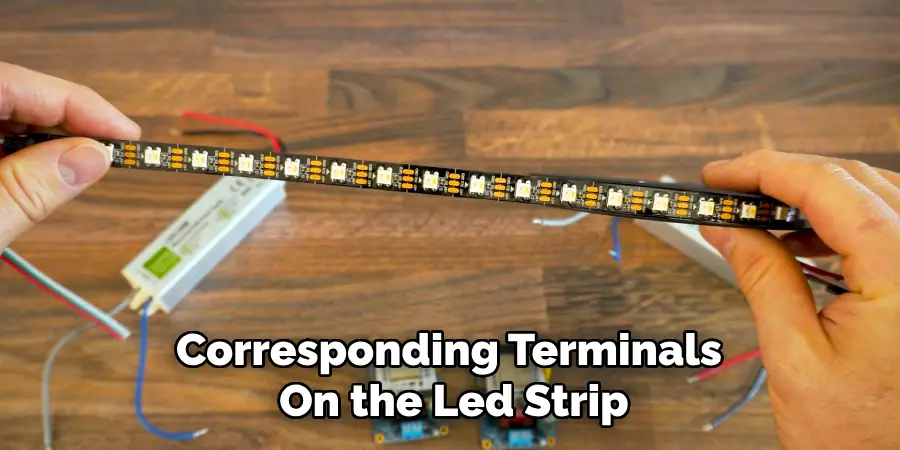
Ensuring Proper Power Flow
Verify that the speaker’s output voltage matches the LED lights’ requirements, typically around 12V. If the voltage is too high, install an inline resistor to regulate the current and avoid overheating or damaging the LEDs. Proper power regulation is critical for maintaining the LEDs’ and speaker system’s longevity and performance.
Testing the Wiring
After completing the connections, power on the speaker to test the LED lights. Observe whether the lights illuminate smoothly or flicker. If the lights don’t work as expected, double-check the wiring for errors or loose connections. Adjust and retest until the LED lighting operates consistently and in sync with the speaker’s output.
Syncing LED Lights with Audio
Using a Sound-to-Light Controller
To sync the LED lights with music, utilize a sound-to-light controller or an audio-reactive LED controller. This device receives the speaker’s audio signal and translates it into dynamic lighting effects that match the music’s rhythm. To connect the controller, identify the audio input terminals or ports on the controller. Then, wire the controller between your speaker’s audio output and the LED strip’s input, ensuring proper alignment according to the device’s manual. Make sure all connections are secure to avoid disruptions during operation. Once connected, test the system by playing music and observing how the lights respond to the sound output.
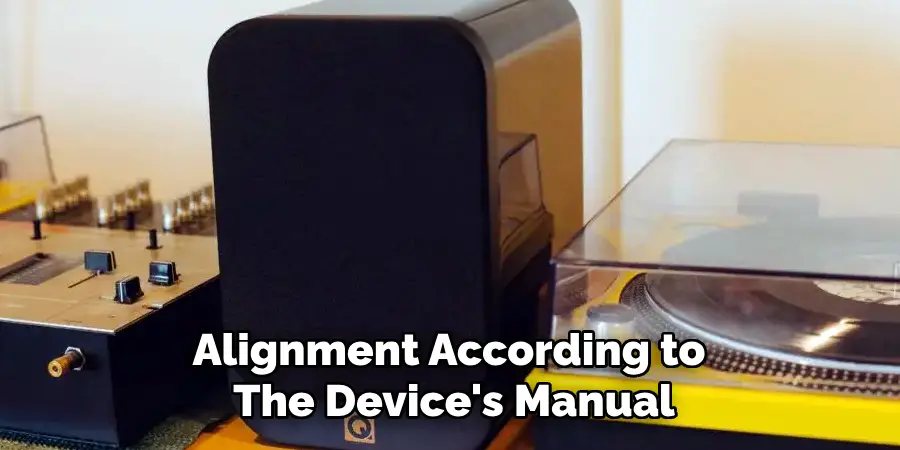
Adjusting Sensitivity and Effects
Once the controller is connected, fine-tune its sensitivity settings. This ensures the lights react to the desired volume levels, responding dynamically to both loud and soft sounds. Many controllers also allow you to select specific lighting effects, such as flashes, fades, or smooth color transitions, providing room for experimentation. Adjust these effects to align with the mood and tempo of the music for an immersive audiovisual experience.
App Control for Smart LED Lights
For smart LED lights, you can elevate customization by using a dedicated app. These apps often allow you to modify your smartphone’s color settings, brightness, and sound-to-light synchronization features. With a few taps, you can create personalized lighting setups that perfectly complement your music, delivering a fully integrated and effortless user experience.
Troubleshooting LED Lights with Speakers
No Power to the Lights
If the LED lights don’t turn on, check the wiring connections to ensure they are secure and properly installed. Ensure the power source provides sufficient voltage and matches the specifications of the LED lights. Additionally, inspect for any damaged cables or connectors that might be impeding power delivery.
Flickering or Dim Lights
If the LED lights flicker or appear dim, adjust the power settings or add a resistor to stabilize the current flow. Poor connections or insufficient power supply can cause these issues, so double-check the wiring and power output. Verify that the speaker’s output voltage is compatible with the LED lights to prevent underperformance or damage.
Audio Syncing Issues
If the lights aren’t syncing properly with the audio, check the settings on the sound-to-light controller. Ensure that the sensitivity is calibrated correctly and the connection to the audio output is secure. Additionally, verify that the audio signal is strong enough for the controller to detect and respond to it effectively. Restarting both the controller and speaker system may also help.
Maintaining Your LED Lights and Speaker Setup
Regularly Inspect Wiring
Check the wiring connections periodically to ensure they remain secure and undamaged. Loose or frayed connections can cause the LED lights or speakers to malfunction, potentially leading to interruptions or reduced performance.
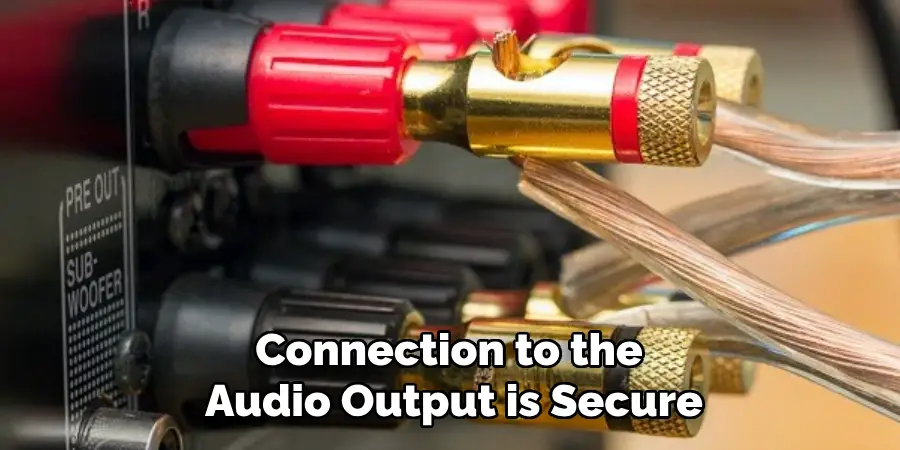
Keep LED Strips Clean
Regularly dust and clean the LED strips to maintain their brightness and ensure optimal functionality. Use a soft, dry cloth to remove dust, and avoid using harsh chemicals or cleaning agents that could damage the strips’ protective coating or circuitry.
Speaker and LED Light Longevity
Ensure that both the speakers and LED lights are not overdriven. Excessive power usage or inadequate ventilation can result in overheating, which may shorten the lifespan of the components. Position the setup in a well-ventilated area and monitor its usage patterns.
Replace Faulty Components
If either the LED lights or speakers begin to malfunction, promptly identify and replace the faulty parts. This may include replacing LED strips, connectors, or damaged wiring to prevent further issues and maintain system integrity.
Conclusion
Understanding how to wire LED lights to speakers offers an exciting way to elevate your audio experience with captivating synchronized lighting effects. You can create a reliable and vibrant setup by ensuring the correct wiring, choosing a suitable power supply, and adhering to essential safety precautions. Remember to maintain your components regularly and replace any faulty parts to guarantee long-term performance. Take the time to experiment with various lighting effects and configurations to match different music styles, allowing you to personalize the atmosphere and enjoy a truly immersive experience.

